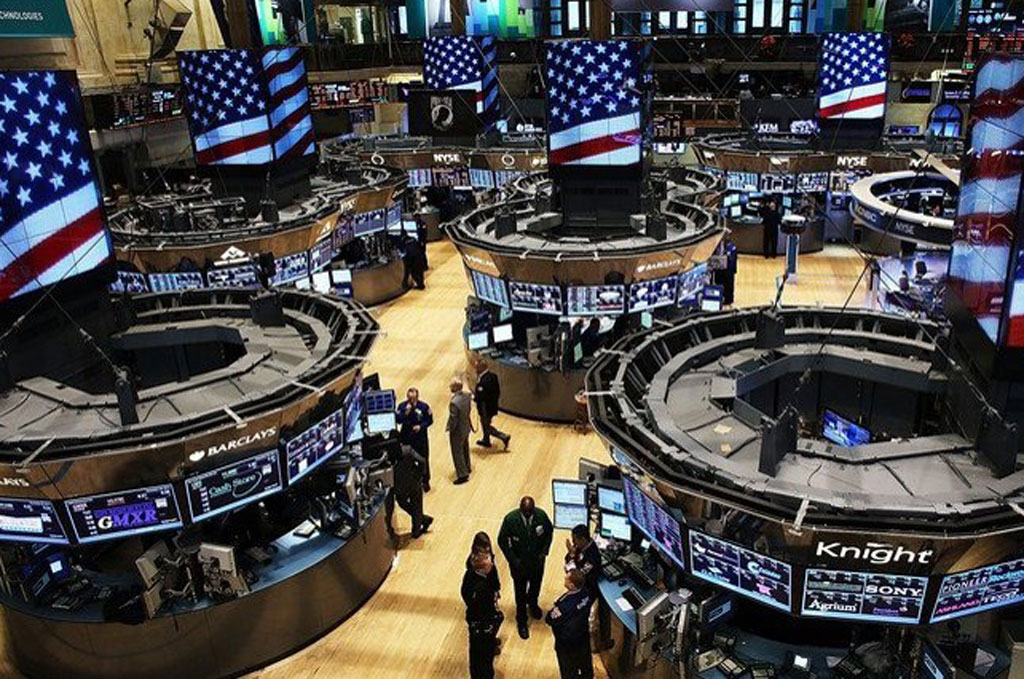 NEW YORK: US stocks ticked higher on Thursday after the European Central Bank promised not to raise euro zone interest rates before the middle of next year and on better-than-expected May retail sales.
NEW YORK: US stocks ticked higher on Thursday after the European Central Bank promised not to raise euro zone interest rates before the middle of next year and on better-than-expected May retail sales.
The bank’s statement came as a relief to investors, especially after the US Federal Reserve raised rates for the second time this year on Wednesday and hinted at two more hikes by the end of 2018.
ECB, however, said it would wind down its 2.55 trillion euro stimulus program by the close of the year.
Shares of banks, which rely on higher interest rates to boost profits, took a hit, with J.P Morgan Chase’s 1.8 percent fall weighing the most on the S&P 500.
“You have the yield curve continuing to flatten, which is not great for financial stocks,” said Michael Antonelli, managing director, institutional sales trading at Robert W. Baird in Milwaukee.
The yield spread between US 30-year bonds and US 5-year notes narrowed to the flattest level since January 2012 on Wednesday after the Fed decision.
Data on Thursday showed US retail sales increased more than expected in May, its biggest advance since November 2017 that indicated an acceleration in economic growth in the second quarter.
Other data showed a further tightening in labor market conditions, with the number of Americans on jobless rolls declining to a near 44-1/2-year low.
At 11:46 a.m. ET the Dow Jones Industrial Average was down 8.52 points, or 0.03 percent, at 25,192.68, the S&P 500 was up 7.60 points, or 0.27 percent, at 2,783.23 and the Nasdaq Composite was up 62.77 points, or 0.82 percent, at 7,758.46.
Seven of the 11 major S&P sectors were higher, led by a 1.2 percent gain in the telecom services index.
Comcast jumped 2.9 percent after the company offered Twenty-First Century Fox $65 billion to lure it away from a merger with Walt Disney.
Disney also rose 1.9 percent, providing the biggest boost to the Dow Jones Industrial Average.
Oracle dropped 4.1 percent after Nomura cut its price target on the business software maker’s stock.
Advancing issues outnumbered decliners for a 1.31-to-1 ratio on the NYSE and for a 1.23-to-1 ratio on the Nasdaq.
The S&P index recorded 27 new 52-week highs and one new low, while the Nasdaq recorded 119 new highs and 19 new lows.
Source: Brecorder





























